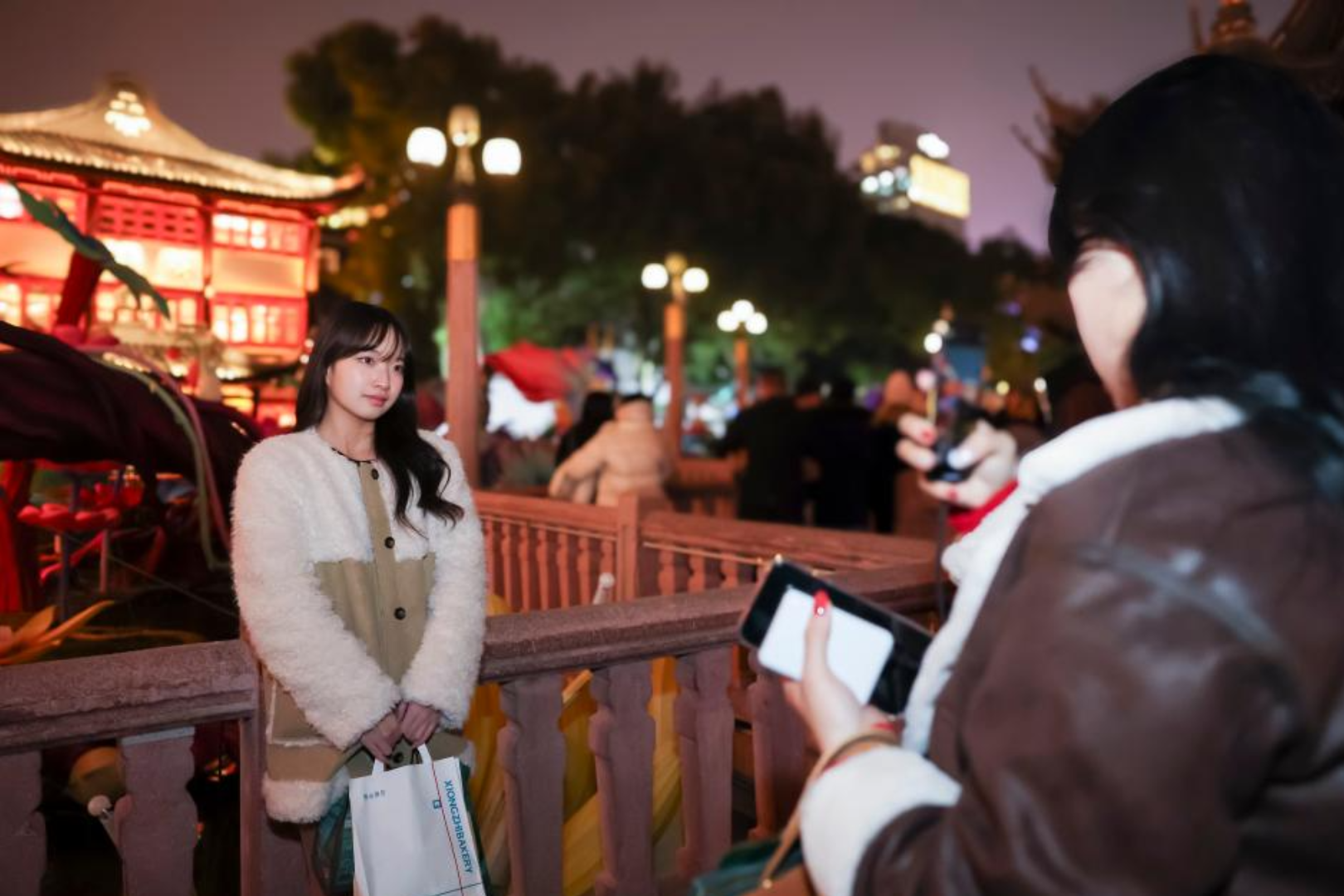My American-born toddler speaks more Mandarin than English. She holds up a packet of crackers to her monolingual English-speaking grandmother, shouting “Kai!” Her Grandmother replies, “I don’t understand! English, please…”
I started studying Mandarin in high school. In 1996, during my junior year, I lived in Beijing with a host family for a semester. My interest in China blossomed; I returned to China over the course of two decades to study at Beijing University, wrote for Let’s Go: China, worked for a start-up, researched my novel as a Fulbright Fellow. My Mandarin abilities grew, but when I finally got pregnant after years trying, I wondered: what would China mean to my daughter?
Why Not?
I was pregnant when my husband and I moved from Singapore to San Francisco. Although my white, Jewish-American husband spoke elementary Chinese (we lived in China together in 2002-2003), he was open to raising a bilingual child — even if it meant there would be times he wouldn’t understand what our daughter was saying.
When my daughter was a newborn, I started my project.
“Ni hao ke ai,” I’d say, tickling her stomach. Her first word at nine months: “Mao,” the name of our Chinese-born Siamese cat. Quickly, Mandarin was her preference. I was fortunate I worked mostly from home and we had a Mandarin-speaking nanny who helped foster my daughter’s language skills; her preference for Mandarin, likely due to the quantity of care she received in the language, was quickly apparent.
Many people have asked: why work so hard speaking Mandarin with my daughter when it isn’t my native language? At the most basic level, my argument was that I spent decades studying Chinese, so why waste this ability? I knew my daughter would learn English eventually — why not speak Mandarin to her in her formative years so as to give her something I, a monolingual child who hadn’t left the U.S. before going to China, never had?
Bilingualism’s Brain Benefits
The benefits of speaking two languages (aside from being able to order a croissant in France without a waiter’s sneer) have been highly touted in recent decades: bilingual brains, for example, stave off the impact of Alzeheimers, have stronger empathetic (theory of mind) capabilities, and can multitask with greater ease. Even when a parent is speaking a non-native language, the continued impact is meaningful, as Yale Associate Professor of Linguistics Claire Bowern argues in this Slate article. A 2001 study even claimed that the acquisition of a native-level accent, for example, only happens when a baby is exposed to a language (via social interaction) before they’re a year old.
But are these benefits all they’re cracked up to be? Some researchers have pushed back, saying bilingual kids aren’t truly “bilingual,” as they’ll always be more comfortable in one language. There are also recognized speech delays in bilingual children, but those delays are overcome by age 5, and often mean a child speaks more vocabulary overall but less in each language itself. In the end, most agree that bilingualism provides more benefits than a purely monolingual upbringing.
Sharing a Cultural Heritage
For children of immigrants, bilingualism is an important connection to an inherited culture. This wasn’t the case for my daughter, as I’m not ethnically Chinese. But my connection to China has been a formative part of my life, and something I’d like to pass on to my daughter. Speaking Mandarin with her is a critical way to do that, along with the ability to build meaningful relationships with my Chinese friends and family.
Case in point: I introduced my daughter to her “Ye Ye” (爷爷, grandfather) when my Chinese host family visited the US last month and we went to Disneyland. My daughter pointed out “Mi Laoshu” (Mickey Mouse) to Ye Ye, who could converse, and thus connect, with my daughter more deeply than if they didn’t share a language.
Widening a Child’s World — and Mindset
Fortunately, even in the US, there are many opportunities for Mandarin-speaking educational and enrichment programs. While traditionally children of immigrants often begrudgingly attended “Chinese school” (as in this Fresh Off the Boat episode), now Chinese-language and cultural programming goes far beyond after-school or weekend programs.
In San Francisco, there are a wealth of opportunities for my daughter to learn Mandarin. There are several day care and pre-school immersion programs; for elementary through high school, there exist nearly half a dozen full and partial immersion schools, both private and public. Through programs like these, my daughter will meet and engage with children of diverse backgrounds, and what she will share with them is the ability to connect in more than one language.
As this research on early communication attests, “the social experiences of being raised in a multilingual environment might provide children with extensive practice in taking other people’s linguistic perspective.” In doing so, children recognize not only a diversity of language, but also a diversity of perspectives — something our world deeply needs these days.
Beyond all these benefits to my daughter, I’ve learned that she may be the one teaching me something.
“Shí!” my daughter shouts, reminding me the rising tone means “pick that up,” and shì is “yes, I agree.” She’s taught me how to say otter in Mandarin (ta), breastfeed (muru), bubbles (paopao), and more. In the way language is a portal to a way of thinking, I expect my daughter’s early Mandarin learning will expose me to a new way of seeing the world too.
***
Cover photo via Shutterstock
















